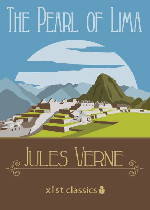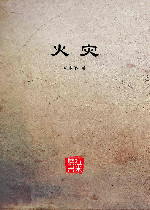
The sun had disappeared behind the snowy peaks of the Cordilleras; but the beautiful Peruvian sky long retains, through the transparent veil of night, the reflection of his rays; the atmosphere is impregnated with a refreshing coolness, which in these burning latitudes affords freedom of breath; it is the hour in which one can live a European life, and seek without on the verandas some cooling gentle zephyr...

六月十日收租的时候,为着勘对租簿,登记,或者争论一些别的什么,许多毛脚毛手的田佃们走进这里来呼吸一下子,是可以的;不过,可不要让污秽的脚踏脏了地砖,不要用粗硬的手去触摸那——不管是在墙壁上挂着,抑或在台面上放置着的一切,而最要紧的是,不要忘记了这是一间雅静的“小书斋”,是专为着接待客人们用的!这地方有些潮湿,屡次粉抹过的白墙壁上,正浮现了许多黑灰色的斑点,——但看一看那红色而洁净的地砖吧!单这洁净,就不是这村子中穷人家的屋子里所有的了,……就是那墙壁,也不怕它已经旧了些,老主人爱惜着它,宝贵着它,非有正当的用场,如悬挂四联,镜框和挂画之类,是不会把铁钉子随便钉上的,错钉了一根铁钉子——把它拔掉而遗留下来的小洞孔,是半个也没有。

The Woman Who Rode Away and other stories(骑马出走的女人) 立即阅读
"The Woman who Rode Away" is a short story by D. H. Lawrence. It was written in New Mexico during the summer of 1924 and first published in The Dial in two installments in 1925. It later became the title story for a collection of Lawrence's shorter fictional works issued by Martin Secker in 1928. The cave that features at the end of the story was inspired by a visit to a cave on Lucero Peak which overlooks the town of Arroyo Seco, New Mexico.